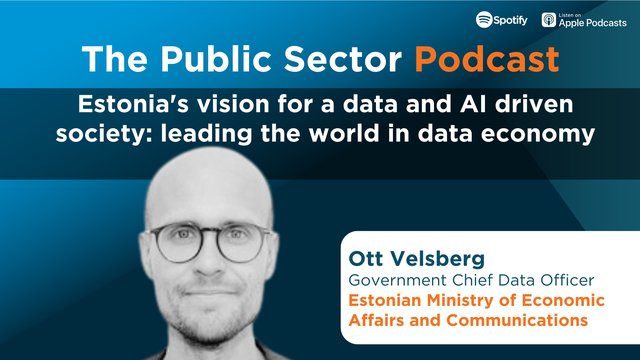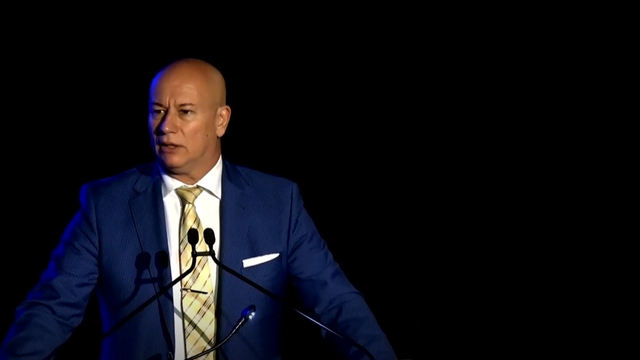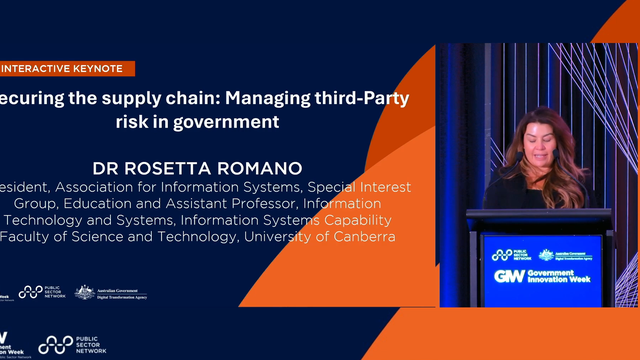Data is the currency of the technological economy, with data science incorporated into almost every industry in 2020. The public sector, while trailing behind private enterprise, has become increasingly aware of the value that can be extracted from data sets. With advancements in technologies such as machine learning and cloud computing, coupled with global Open Government initiatives, emerging Big Data use cases in healthcare, transport, agriculture, justice and resource management are all shedding light on the opportunities of data as a critical asset.
Most public sector data and information management professionals across Australia and New Zealand (A/NZ) understand data for the asset that it is. However move away from the ICT and Data business units and a lack of understanding, buy-in and support amongst the broader organisation conspire to hinder Big Data uptake and influence.
To help overcome this challenge we’ve rounded up three public sector use cases to explore the tangible, real-world opportunities of big data to reshape government services and citizen outcomes.

Informing & Connecting Communities
“The City of Los Angeles is an innovative local government that already uses technologies that are not yet operational in other cities, technologies like artificial intelligence, predictive analytics, personal assistant technologies, gamification and augmented reality. All of these are underpinned by data, and the purpose of them in LA is to find better and more equitable provisioning of city services, and to engage people in science and technology careers.
Using Big Data the City created a number of apps which have become popular, including the Know Your Community app which lets you think about the data in relation to where you are, where you live or work, or what you’re interested in. The City is broken down into nearly 100 neighbourhoods, so the app is neighbourhood-based. It has easily understandable maps, and lets people know simple things like when a particular pothole might get fixed, when certain trash will be removed, and it also tracks graffiti and WiFi spots.”
– Jeanne Holm, Chief Data Officer, City of Los Angeles

Data For Emergency Response
“At the Australian Department of Industry, Science, Energy & Resources we consider ourselves to be well ahead of the curve in terms of our data strategy… This has served us well in terms of dealing with crises. The journey began in 2016 when we spent close to two years getting everything in one place, by centralising and making data easily accessible.
What this enabled the Department to do was respond to crises quickly. For example, for the ongoing drought in NSW the Department produced a detailed heat-map with very robust data that sat around where people were and what kind of drought conditions they had. This used Bureau of Meteorology information, business information and economic indicators, as well as information on who was where, using our spatial data to create a very quick response to people in need of support.
This was followed in quick succession by the bushfires of last summer that also required some incredibly quick mapping with information that came from different departments and stakeholders. This was crucial to ensuring that the businesses in the area were supported, not just during the bushfires, but afterwards as well.”
– Tim Beard, Manager of Data Strategy, Australian Department of Industry, Science, Energy & Resources

Delivering Better Employee Experiences & Greater Efficiency
“The Auditor-General is an independent officer of the Victorian Parliament (VAGO), supported by around 185 staff, to provide assurance to Parliament and the Victorian community about how effectively public sector agencies are providing services and using public money. We achieve this through an annual program of financial and performance audits of state and local government public sector entities.
With some 1750 public entities in Victoria VAGO holds more than six billion records across 30 entities from our largest data audit clients, and in a typical year we audit roughly 550 financial reports and 110 performance statements plus other outputs and reviews for the whole of the Victorian public sector. To provide a better user experience for our employees and clients we developed a three wave programme of work that centralised all financial data, streamlined manual processes and provides auditors with easy access to data; to enable them to do more in less time.”
– Ben Jiang, Director of Data, Analytics and System Assurance, Victorian Auditor-General’s Office


































